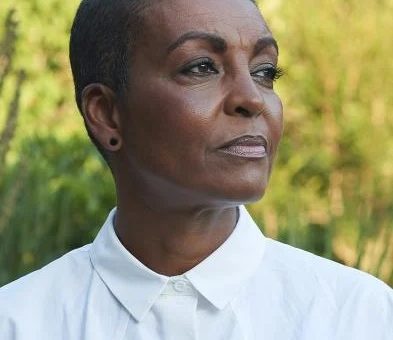The arrival of hit theatre show Warhorse to The Lowry has seen the play galloping in to the limelight, but what about the untold stories of millions of other horses used in WW1?
Running until September 20, the play coincides with this year’s WW1 centenary, commemorating not only the humans, but also the animals who gave their lives in The Great War.
Manchester Historian Gervase Phillips, who currently lectures in history at MMU, praised the show for the realistic way in which the plight of these unsung heroes was portrayed.
The animals in war expert said: “I thought that by taking the horse’s perspective the story portrays the range of duties horses were called upon to perform during the conflict, from cavalry ‘charger’ through to draught work.
“Most of all, though, I thought that by taking the horse’s perspective, very much like the novel’s Victorian progenitor, Anna Sewell’s Black Beauty, [Michael] Morpurgo reminded us of a profound if disturbing truth: animals are not merely flesh and blood automatons that we can exploit as we like.
“They are sentient and capable of suffering and that means we have a powerful moral obligation towards them, one I fear that we do not always recognise.”
By August 1917, more than 800,000 horses and mules had been used in the British war effort, being put to work pulling artillery, ammunition, equipment and rations to soldiers in the trenches.
They faced the same threats as their human counterparts – bullets, shell-fire, gas, mud, disease and cold – they could also be credited with keeping morale high in the trenches, forming close bonds with their handlers.
Phillips, who spoke at Withington Library yesterday, said: “Many veterans subsequently recalled that it was their horses they spoke to of the fears and anxieties they could not share openly with their human comrades.
“And of the intense feeling of loss they experienced when a particular favourite was killed.”
However, the toll of casualties for horses was dire – nearly 30% of all horses serving in the British army did not make it home with a final death toll measured in the millions.
In addition to the well-known horses of the war, such as Warrior, the mount of Winston Churchill’s friend General Jack Seeley, there were also hundreds of thousands of mules, who Gervase says are often ‘unfairly overlooked’.
The adaptation of the novel by Michael Morpurgo, which sold 50,000 copies worldwide between 1982 and 2007, has also been made into a 2011 Hollywood blockbuster film directed by Stephen Spielberg.
Image courtesy of National Theatre via YouTube with thanks



